
Introduction to Pilates
Embarking on a fitness journey can be a transformative experience, not only physically, but also mentally and emotionally. One often-overlooked exercise regime that can play a critical role in this transformation is Pilates. Developed by Joseph Pilates in the early 20th century, this workout system emphasizes the balanced development of the body through core strength, flexibility, and awareness. In this comprehensive guide, we’ll dive deep into mastering the art of Pilates and how it can sculpt a stronger, leaner you.
The Core Principles of Pilates
To truly excel in Pilates and reap its benefits, understanding its six core principles is crucial. These are concentration, control, centering, flow, precision, and breathing. Integration of these principles is what sets Pilates apart from other fitness routines, ensuring that each movement is performed with complete attention and maximum efficiency.
(1) Concentration:
Every Pilates exercise demands full attention. It’s about the mind-body connection, focusing intently on every nuance of your movements.
(2) Control:
Pilates is not about high-impact movements but rather controlling your muscles during each exercise, thereby minimizing the risk of injury.
(3) Centering:
The center, or “powerhouse” of your body, includes the abdomen, lower back, hips, and glutes. Pilates movements stem from this core, making it the foundation of your strength.
(4) Flow:
Grace and fluidity characterize Pilates exercises. It’s not just about moving from one exercise to the next, but transitioning with seamless movement, enhancing muscle development and endurance.
(5) Precision:
Each Pilates movement is purposeful. Precision ensures you’re activating the right muscles and gaining maximum benefits from each exercise.
(6) Breathing:
Proper breathing technique oxygenates the muscles and eliminates toxins, further optimizing the effectiveness of each exercise. In Pilates, you breathe deeply and fully, coordinating your breath with your movements.
Building a Foundation with Pilates
Beginners and seasoned exercisers alike can benefit from Pilates. As a beginner, it’s important to start by learning the basic movements and gradually progressing in complexity. Even those with experience in other fitness disciplines will find that Pilates offers a unique challenge due to its emphasis on core strength and stabilization.
The Pilates Mat Workout
The most accessible form of Pilates is the mat workout, consisting of a series of exercises performed on the floor using your body weight as resistance. Some key moves include:
-
- The Hundred: A breathing exercise that also targets the abdominal muscles
-
- The Roll-Up: An intense move that engages the spine and stretches the back
-
- The Single-Leg Circle: A leg movement that enhances hip joint flexibility while stabilizing the core
-
- The Plank: A fundamental core strength exercise that also tones the arms and legs
Advancing with Pilates Equipment
For those looking to deepen their Pilates practice, various equipment pieces can provide added resistance and versatility. The reformer, for example, is a sliding platform with springs and pulleys that offer resistance, making exercises more challenging and diverse. Other equipment includes the Cadillac, the Wunda Chair, and the Ladder Barrel, each bringing a different dimension to your Pilates workout.
Pilates for Injury Prevention and Rehabilitation
Pilates is not only an effective workout for fitness enthusiasts but also a powerful tool for injury prevention and rehabilitation. Its low-impact nature, combined with the emphasis on proper alignment and muscle balance, make it an ideal regimen for those recovering from injuries or looking to prevent them in the first place.
Incorporating Pilates into Your Exercise Routine
Even if you’re an avid weightlifter, runner, or involved in other athletic disciplines, implementing Pilates into your regular workout routine can enhance your performance. It strengthens the core muscles, increases flexibility, and improves overall body awareness, which is beneficial for any form of physical activity.
Overcoming Challenges and Plateaus
Any fitness journey will have its ups and downs, and the path to mastering Pilates is no different. To overcome challenges and plateaus, constantly set new goals, attend different classes, or work with a certified Pilates instructor to keep your routine fresh and engaging.
The Role of Nutrition and Recovery
For the best results with Pilates or any fitness regimen, nutrition and recovery are just as important as the workouts themselves. Fueling your body with balanced meals rich in protein, healthy fats, and carbohydrates will aid in muscle building and recovery. Additionally, ensuring you get enough rest and practicing other recovery methods, such as stretching or using a foam roller, will help prevent injury and improve your Pilates performance.
Embracing the Pilates Lifestyle
Embracing Pilates is more than just incorporating it into your workout schedule; it’s about adopting a wellness-centered lifestyle. This includes fostering mindfulness and a healthier relationship with your body by listening to its signals and respecting its limits.
Conclusion: The Path to a Stronger, Leaner You
Pilates is a journey of self-discovery and improvement that offers profound benefits for the body and mind. By mastering the core principles, strategically integrating it into your regimen, and embracing the Pilates lifestyle, you can transform your fitness journey into one of continued growth and satisfaction. So, roll out your mat, take a deep breath, and prepare to transform into the strongest, leanest version of yourself with the timeless art of Pilates.
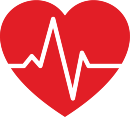
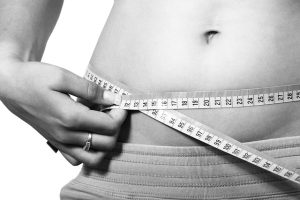
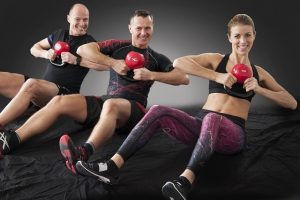

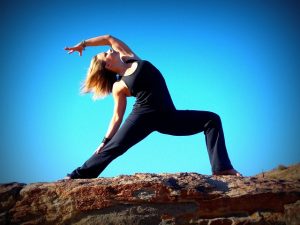


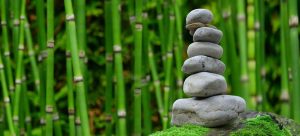
pqgmot
tjhbd5
d64vkx
fgcxfo
qw93zt
fiiesx
fplyp1